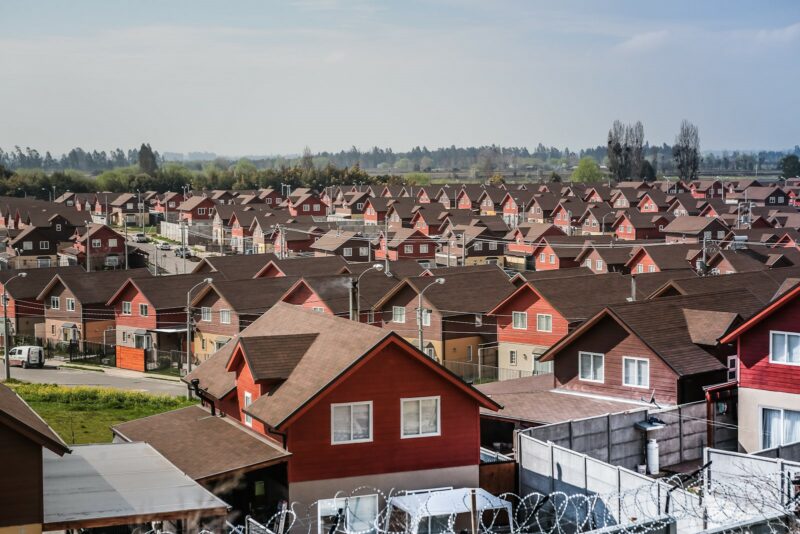Solution provider

We are a global water technology company committed to pioneering solutions to the world’s water and climate challenges and improving the quality of life for people.
Case
Non-revenue water
Drinking water treatment
Urban water management
+4


We are a global water technology company committed to pioneering solutions to the world’s water and climate challenges and improving the quality of life for people.
Add the case to your visit request and let us know that you are interested in visiting Denmark
Water is a critical resource. However, demand for water is multiplying, having increased eightfold over the last 100 years. Growing populations, greater urbanisation and water-intensive lifestyles that arise as a result of economic development are placing upward pressure on the demand for water. With estimates suggesting that we will need an additional 3.4 billion litres of water per day, it is expected that by 2050 half of the world’s population will experience water scarcity at regular intervals.
Compounding the issue is that producing water that is suitable for human consumption is also energy intensive – responsible for approximately 4% of global energy use. The biggest culprit in terms of energy consumption during the production process is the electricity used for pumping. This electricity expansion is responsible for around 80% of a water utility’s energy use. Nor is this consumption cheap, as it is responsible for a large share of utilities’ operational expenses. Furthermore, global demand for energy is also growing rapidly each year due to increased prosperity and urbanisation. Trapped in a vicious circle, increased demand for water is accompanied by increased demand for energy to pump the water.
However, large shares of water and energy are actually wasted. On a global scale, 30% of pumped water never makes it to consumers’ taps. In some areas, this figure, which is known as non-revenue water, can be up to 60%. Leaky pipes, problems with water pressure, errors, and even theft all contribute to this figure. Addressing these issues would alleviate some of the scarcity challenges we are currently facing.
Therefore, the challenge is how can we make our energy and water consumption in the water production cycle more efficient, so that both resources can be managed sustainably to cope with increased demand?
A Chilean town was grappling with exactly this challenge – both of water scarcity, water losses and energy waste.
In an agricultural and wine-making region 250 kilometres from the Chilean capital, Santiago, lies the suburb of Tejas Verdes. Once a small suburb consisting of just 1,000 residents, the area is becoming prosperous and has swelled to approximately 10,000 residents. Population growth and the affluent profile of the new residents were increasing water demand.
The heightened demand meant that pressure in the system was not always aligned with demand. Excess pressure was resulting in damage to the pipes, water losses and energy wastage. Lack of pressure meant that water was not always available in sufficient quantities for residents.
For the local waterworks company, which was grappling with water losses and high energy costs, the solution to these challenges was an intelligent system that ensured efficient surveillance of water consumption and control. Using Grundfos’ Demand Driven Distribution (DDD) system, their problems with faulty pipelines and demand evaporated.
In the DDD system, battery-driven network pressure sensors are placed in critical areas of the distribution network to obtain the correct data. This data is then transmitted once a day, meaning that the energy requirements for operating the system are extremely low. The collected data is then used to control the pumping station and adjust pressure – ensuring less water leakage, a longer system lifetime and reduced costs.
Intelligent solutions such as the DDD system allow for real demand to be measured. This makes it possible to adjust water pressure to a suitable level that matches demand. Water pumping efficiencies are then maximised, and water losses are minimised. By reducing water losses, the water supply increases.
In the specific case of the suburb of Tejas Verdes, energy consumption dropped by 32 % after 18 months of installing the system, while losses due to non-revenue water declined by 3.3 % in the first six months. In addition to these benefits, operations were improved, as preventative maintenance, which the DDD system allows, has eliminated breakdowns in the pipeline. This has also resulted in lower maintenance costs and lower energy costs for the waterworks. For residents, water scarcity or changes in pressure have now vanished, allowing them to enjoy stable flows of water.